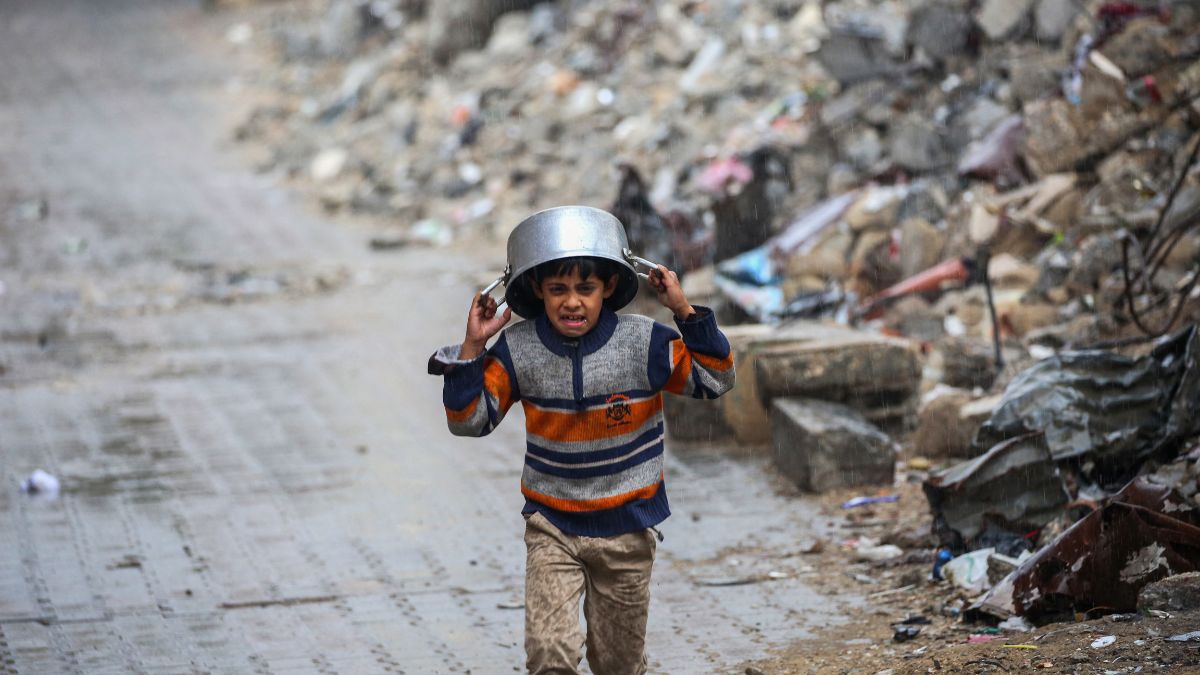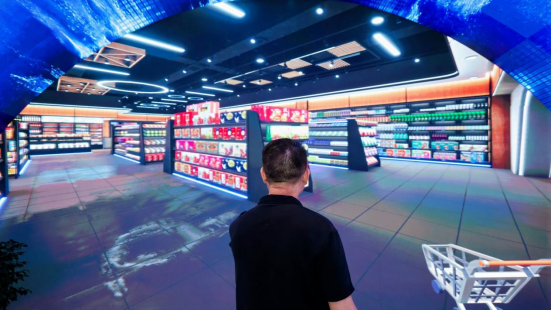
The global trade map after Covid-19
Hindustan TimesIn the wake of rising protectionism over the last half decade, the sudden economic stops wrought by Covid-19, the corollary disruptions of supply chain activity, and shocks to supply and demand, commentators from across the globe have trumpeted the ‘end’ of globalisation. Looking beyond goods, cross-border exchanges of services, as well as flows of finance, and exchanges of human capital have been integral components of the globalised business landscape, critical for building business, profit, and generating returns. For many businesses—even those with a predominantly domestic sales base—have often relied on the process of globalisation in order to create wealth, ultimately translating into boosting economic growth and employment. Will ongoing trade tensions—as well as reactions by governments to onshore production in the wake of the Covid-19 pandemic—actually prove to be the end of the multi-decade process of globalisation as we know it? In terms of solutions, it is important to note that policymakers will also have to do their part, both by implementing domestic policies in order to address socio-economic imbalances within their borders, as well as by reforming the global trading architecture, and by fostering conduits of dialogue and collaboration at a regional and a global level.
History of this topic
Analysis | World trade boom keeps de-globalisation at bay
The HinduTrading more within Asia makes economic sense
The Hindu
Global markets rattled by Wall Street and China’s zero-Covid pledge
CNN
习近平在第四届中国国际进口博览会开幕式上的主旨演讲(双语全文)
China Daily)
COVID-19 lessons: Lower trade barriers, adopt digital procedures, ESCAP-ADB report recommends Asian nations
Firstpost
Global supply chains are being battered by fresh COVID surges
LA TimesUnpacking the resiliency of global trade, yet again
The Hindu
Global trade showing fragile recovery, closing the gap with pre-covid level
Live Mint
This is what awaits the global economy after the pandemic (opinion)
CNN
COVID-19 won't decouple global trade
China Daily
COVID-19 won't decouple global trade
China DailyDiscover Related



















)



























